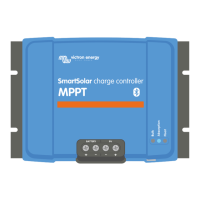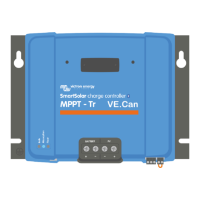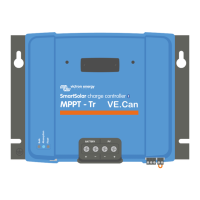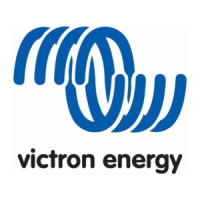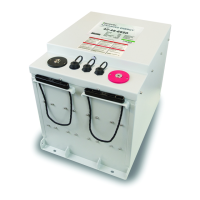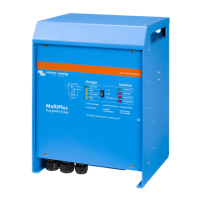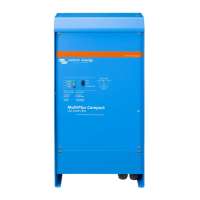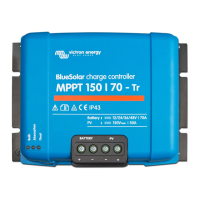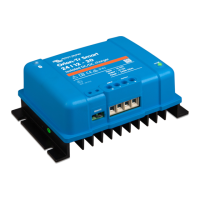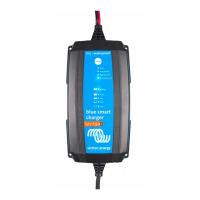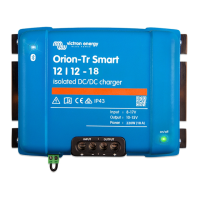Why are my Victron Energy Battery Charger batteries not charging?
- MmichaelsullivanAug 5, 2025
If your batteries aren't charging, there might be a few reasons. It could be due to issues with the battery itself, the PV panels, or the system wiring. Make sure to check all of these components. Also, incorrect settings or external control of the solar charger could be the cause. Finally, consider the natural behavior of the battery.
